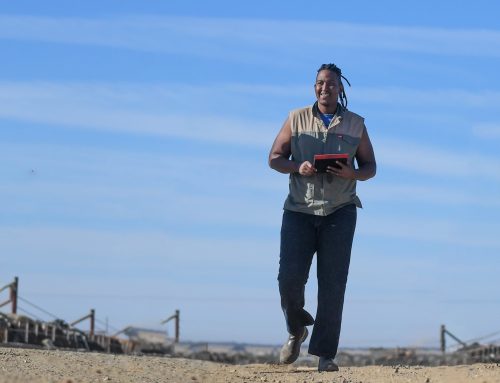The safety of people in the workplace doesn’t happen on its own. There are countless teams, individuals and checks and balances in place to ensure that employees are kept safe while working. We go behind the scenes with Jean van Biljon, Safety, Health and Environment Manager at Beefmaster Group, to find what it takes to keep more than 1000 employees safe, every day.
November 2022: Stories about what it means to put the safety of people first – especially where there are risks – are important reminders to avoid complacent attitudes in the workplace.
This is the view of Jean van Biljon, Safety, Health and Environment Manager at Beefmaster Group, who says that besides the safety of its products, nothing is as important as the health and safety of its staff, who work tirelessly to ensure the company delivers quality beef products to South Africa and beyond.
“In our line of business there are many risks associated with working with live animals and heavy machinery, and so ensuring the safety of our staff is one of our top priorities,” says van Biljon, adding that more than 600 people are employed at its meat processing facility in Kimberley – which is the largest private employer in the area.
The company is so fanatic about the safety of its people and products, that it performs approximately 8859 quality assurance checks every single day. Below van Biljon takes us through what it takes to ensure that more than 1000 staff are kept safe daily.
What are your biggest safety risks?
As a beef producer, we work with live animals at our feedlot, which are often unpredictable, so animal-related injuries is a common risk. At our meat processing facility the most common risks are slips and cuts. Here we work with heavy carcasses, sharp knives and in a wet and slippery environment.
How does Beefmaster Group manage those risks?
We have baseline hazard identification and risk assessments in place for each department backed by a continual hazard identification process whereby any new, old or potential risk is reported to the Health Safety and Environment (HSE) department through a Hazard identification form. All employees can use the forms – allowing us to be even more proactive around the safety of over 1000 staff. This process serves as a mechanism to empower employees and encourage them to report any existing or potential hazards. We also focus on preventative measures, by ensuring that all our staff are adequately and continuously trained. For example, all employees working with knives are properly trained before starting to work with sharp equipment.
What does a typical day look like in terms of being proactive around worker safety?
We ensure employees are empowered with the knowledge to keep themselves safe at work. That is why HSE team members undergo continual training.
We also have a designated team member who proactively conducts inspections to identify issues before they result in incidents. The rest of the team focuses on day-to-day tasks and data capturing to be analysed and used to improve the HSE management system at the company.
Each department has a HSE rep, fire fighter and first aider whom each have their own monthly checklists to go through. We have a dedicated team member doing inspections according to the +-15 inspection checklists that need to be completed each month. There are also pre use checklists in place. Typical things that the checklists cover include safety harness, scaffolding, cleaning, forklift, plant and electrical equipment inspections.
Most of my day is usually spent researching and analysing data, trends and stats enabling me to identify, implement and improve controls of the risks of the identified hazards. There are of course also regular floor and equipment inspections.
How does the company ensure the continued improvement of workplace safety?
The entire HSE management system is based the ISO 45001:2018 Health and safety management system standard, which is an international accreditation. The ISO standards have a big focus on a continual improvement. This system, which is based on consistently capturing data used for trending and stats, enables us to continuously review and revise the HSE management system to improve its efficiency and effectiveness.






